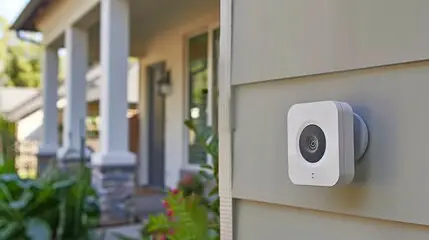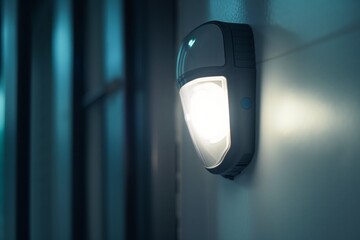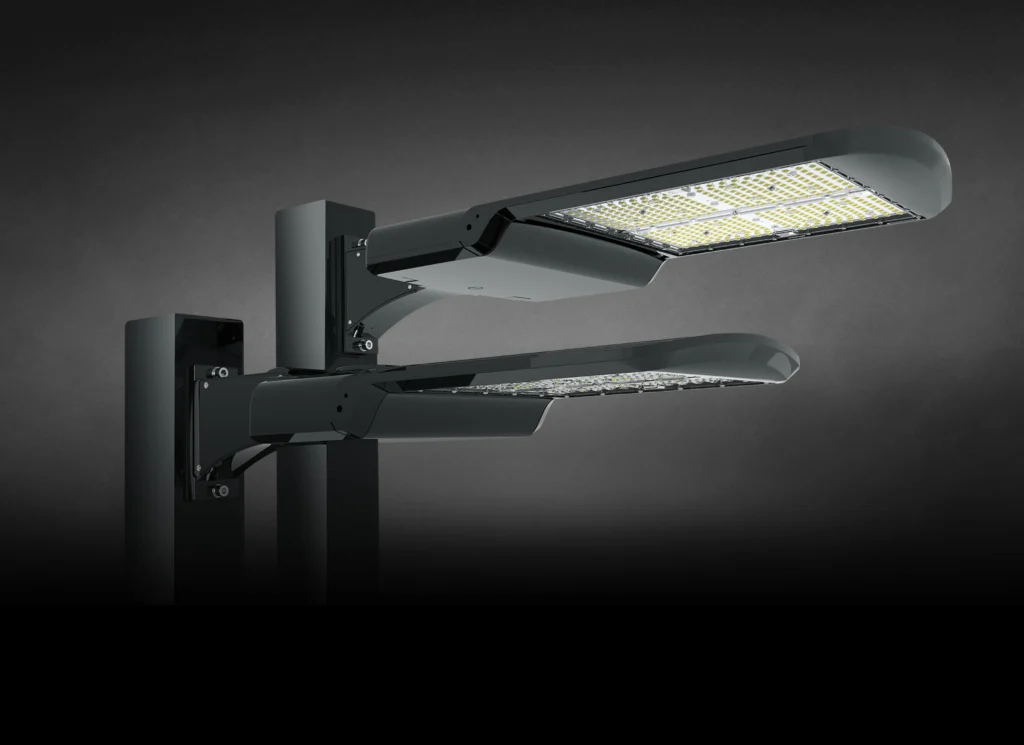How Intrusion Detection Sensors Protect Your Property
Understanding Intrusion Detection Sensors: A Critical Security Measure
In an era where security threats are evolving, intrusion detection sensors have become an indispensable component of comprehensive security systems. These devices are engineered to identify unauthorized entry, deter criminal activity, and provide real-time alerts for rapid response. Whether securing residential properties, commercial establishments, or high-risk industrial facilities, intrusion detection sensors play a pivotal role in modern security infrastructure.
How Intrusion Detection Sensors Work
Intrusion detection sensors operate by monitoring environmental changes, including motion, vibrations, and breaches in structural entry points. Once a sensor detects an anomaly, it immediately triggers an alert that can activate alarms, surveillance cameras, or automated security protocols. These alerts can be transmitted to security monitoring stations, mobile devices, or law enforcement agencies for swift intervention.
Types of Intrusion Detection Sensors and Their Applications
1. Motion Sensors
- Utilize Passive Infrared (PIR), Microwave (MW), or Dual Technology to detect movement within a defined area.
- Ideal for hallways, access points, and restricted zones.
- Often integrated with AI-powered security systems to filter false alarms from non-threatening movement.
2. Door and Window Sensors
- Consist of magnetic contacts that trigger an alert when a door or window is tampered with or forcibly opened.
- Essential for residential security, office spaces, and retail storefronts.
- Can be connected to smart home automation systems for seamless integration.
3. Glass Break Sensors
- Detect unique sound frequencies associated with shattering glass, providing early detection of forced entry attempts.
- Recommended for commercial display windows, large glass doors, and perimeter protection.
- Useful in settings where traditional motion detectors may be ineffective.
4. Vibration Sensors
- Detect impact and tampering attempts on secure structures such as safes, vaults, and ATM machines.
- Often utilized in financial institutions, jewelry stores, and data centers.
- Provides an added layer of security against physical attacks on secured assets.
5. Laser and Infrared Perimeter Sensors
- Establish an invisible security barrier that detects breaches along fences, driveways, or restricted perimeters.
- Used in government facilities, military zones, and high-security industrial plants.
- Can be paired with CCTV surveillance systems and remote access controls for layered security.
Advanced Features of Modern Intrusion Detection Systems
Artificial Intelligence Integration – AI-driven sensors use machine learning algorithms to differentiate between normal activity and potential threats, reducing false alarms.
Cloud-Connected Smart Security – Sensors that connect to cloud platforms enable remote monitoring and instant notifications through mobile apps and security dashboards.
Multi-Layered Authentication – Intrusion sensors now support biometric and encrypted access controls, ensuring only authorized personnel can override security settings.
Weatherproof and Tamper-Resistant Designs – High-end models are built to withstand harsh weather conditions, electromagnetic interference, and physical tampering.
Integration with IoT and Automation – Seamlessly integrates with smart locks, lighting controls, and voice-activated assistants to create a unified security ecosystem.
Choosing the Right Intrusion Detection Sensors for Specific Applications
1. Residential Security
- Recommended sensors: Motion detectors, door/window sensors, and glass break sensors.
- Smart home integration allows remote access and real-time alerts via mobile apps.
- Customizable sensitivity settings help prevent false alarms caused by pets or household activity.
2. Commercial and Retail Protection
- Recommended sensors: Perimeter sensors, vibration detectors, and AI-powered motion sensors.
- Integration with CCTV systems and 24/7 security monitoring services.
- Helps mitigate risks associated with shoplifting, burglary, and unauthorized access.
3. Industrial and High-Security Facilities
- Recommended sensors: Laser and infrared perimeter sensors, biometric access control, and seismic vibration sensors.
- Critical for warehouses, power plants, and high-risk infrastructure.
- Ensures compliance with government-mandated security regulations.
The Future of Intrusion Detection Technology
The security landscape is rapidly evolving, and intrusion detection technology continues to advance in response to emerging threats. Key trends shaping the future include:
- AI-Powered Threat Analysis – Predictive analytics and AI-enhanced sensors will improve response times and threat classification.
- Blockchain-Based Security Networks – Enhanced data integrity and tamper-proof security logs for incident tracking.
- Drone-Based Perimeter Surveillance – Autonomous drones equipped with thermal and motion sensors to monitor large properties.
- 5G-Enabled Security Networks – Faster data transmission and real-time AI-driven security responses for intrusion detection systems.
Conclusion
Intrusion detection sensors are a cornerstone of modern security strategies, offering real-time protection, seamless integration with advanced security systems, and industry-leading innovation. Whether deployed in homes, businesses, or high-risk facilities, these sensors provide a proactive defense against unauthorized access and security breaches. Investing in state-of-the-art intrusion detection technology ensures a safer, more resilient environment in an increasingly unpredictable world.


